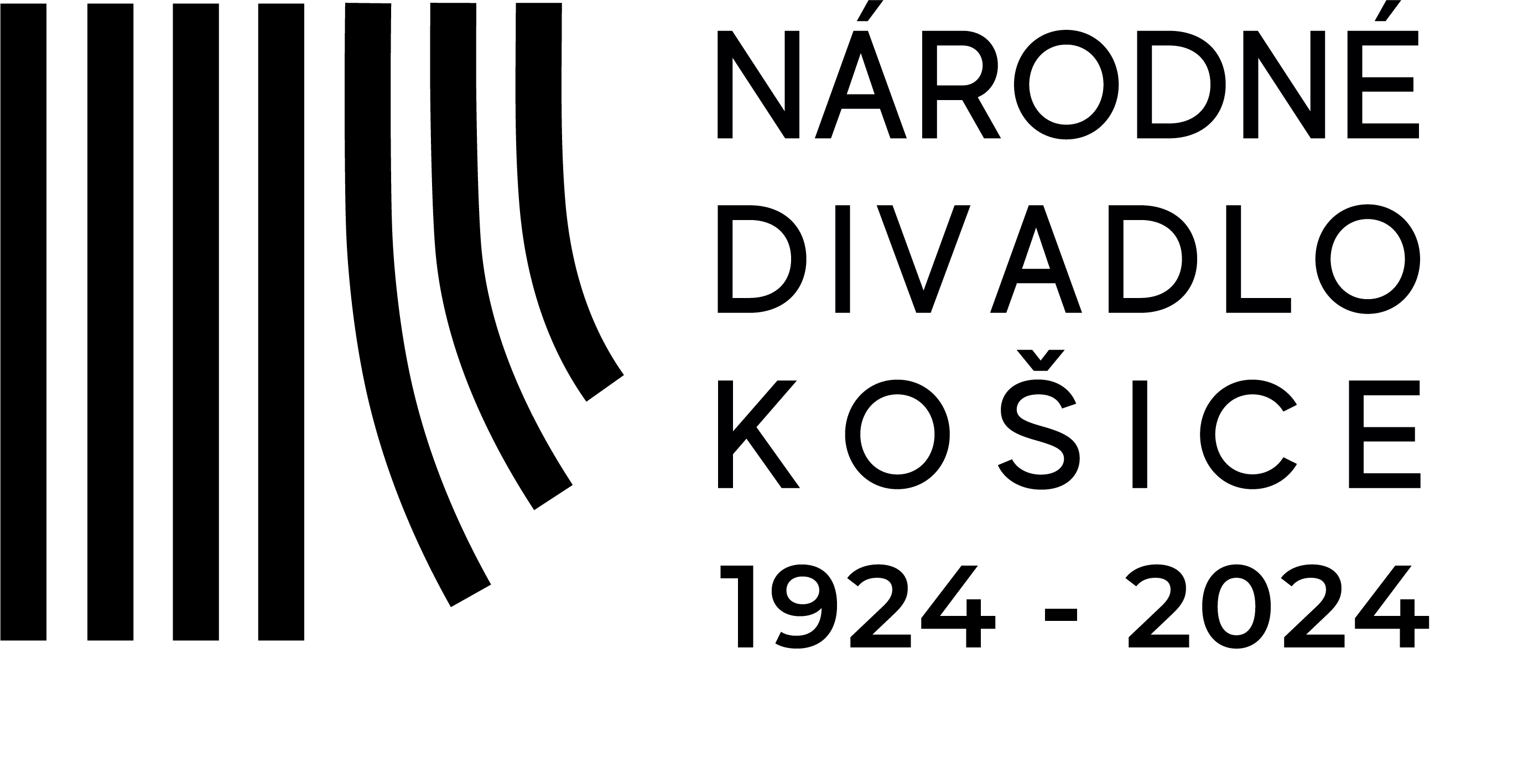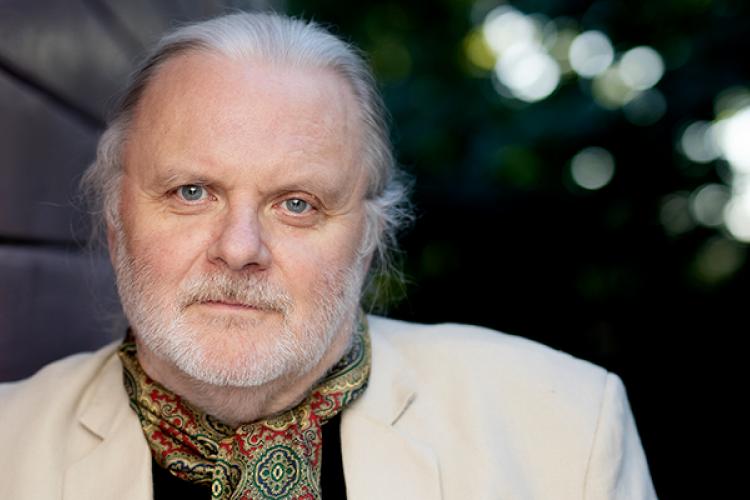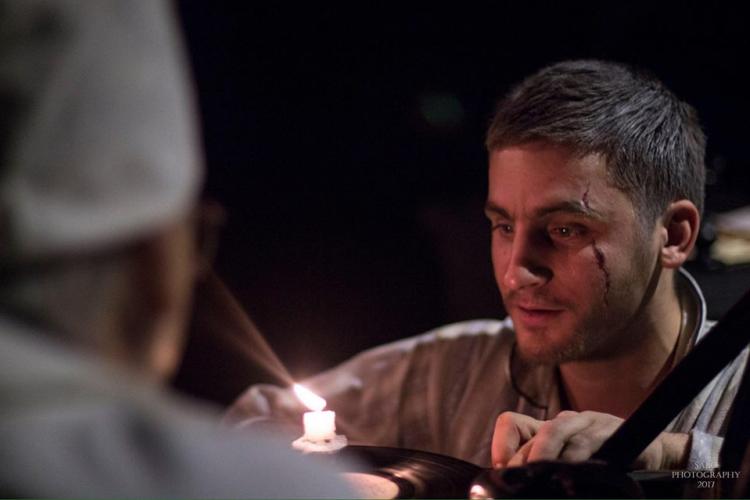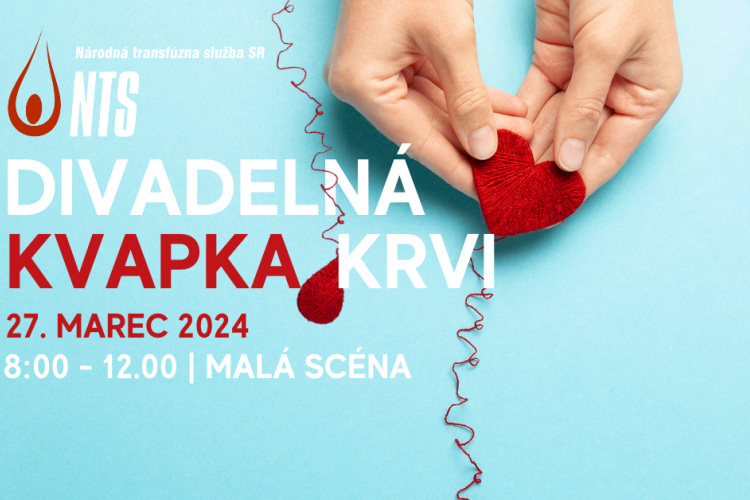The State Theater in Košice is celebrating its 75th birthday. Less than two months after the end of the Second World War, the East Slovak National Theater, seated in Košice, was established by regulation of the Slovak National Council from July 3, 1945. In 1946 - 1955, it was called the National Theater in Košice and in 1955, it was established as the State Theater in Košice. Under this name, with an exception of three-year period of experiment of merging theaters in Košice and Prešov in 1996 - 1999, it has been working until today as one of two three-ensemble theaters in Slovakia. During 75 theater seasons, it presented almost one thousand premiere titles. Anniversary of establishment of the State Theater in Košice is falling within the framework of the Year of the Slovak Theater 2020, which was declared on occasion of the 100th anniversary of the establishment of the professional Slovak theater.
Janko Borodáč, one of the most significant figures of the Slovak theater history, was a founding member and a person who built the theater from its foundations and more. “We had a look at the theater on the second day. There is only one correct expression: completely plundered. Only a few lightbulbs remained in the great chandelier, nothing else. The whole scene was taken to Miskolc.” Janko Borodáč, who was a regular guest in Košice theater as an actor, a director and an artistic director of the Slovak National Theater in the interwar period, remembered the first days after arriving to Košice in August 1945. Several then professional artists (from Slovak Theater in Prešov but also from the Slovak National Theater in Bratislava), continually augmented by drama amateurs and singers and musicians from the amateur and school environment, were the foundation of the ensembles that were being established.
Štefan Šutaj and Lucia Heldáková wrote about the circumstances of the theater establishment in a magazine Človek a spoločnost (Man and Society) in their article Košice after the Second World War and Selected Aspects of the Cultural Life: The daily press also informed the citizens about the theater establishment in Košice, performances and actors from the very beginning. On December 24, 1945, article titled Cheerful Report from the Stage of the East Slovak Theater was published in magazine Demokrat (Democrat). It was only few months after the official establishment of the theater, which the report described as follows: “In the beginning, there was darkness... It was. In Košice as well. You could see a beautiful theater building but inside, there was darkness, emptiness. As if you saw a man in an elegant jacket but without shirt and pants. And creation was required from nothing. The earth, the star and the Sun. In August, you saw three or four enthusiasts, broken scene and empty wardrobe. And old master Borodáč stepped onto this ark, with routine and enthusiasm as an experienced sea dog. Because the sea was mined and a firm hand was necessary on the rudder. Mines and torpedoes were a threat. But the captain was mighty...”
As its first premiere, newly established theater presented a play by Ivan Stodola Marína Havranová, directed by then Director of drama Andrej Chmelko, on September 15, 1945. “The day, or rather an evening of September 15 came. It is Saturday, there was a last rehearsal in the morning (“as if it was the evening”), a short rest in the afternoon and let’s lift the curse off of the Thalia in Košice! Stage freight, envoy Laco Novomeský has a ceremonial speech. I do not doubt that this theater is now opening definitively, forever and failed attempts from pre-Munich republic will not repeat themselves!” Chmelko, who became the second Director of the theater in 1953 after Borodáč left, remembered the first premiere. As Šutaj and Heldáková are writing, Andrej Bagar also watched brilliantly handled performance and he got convinced about financial and material problems that East Slovak Theater was suffering from despite great and fast bloom (in two months, it grew from four members to 90). “The theater was missing wood, coal but also apartments for the theater members. According to information from the press, Bagar had to sleep in the office of the theater in a chair and director of the East Slovak Theater Borodáč shared his apartment with other applicants for an apartment. Financial issues continued. Money package for 1945 for the whole Slovak theater was 24 million crowns and from the interview with Janko Borodáč from April 17, 1946, it was obvious that the money was allocated unevenly. From three state theaters, the one in Bratislava got 16 millions, the one in Košice got 6 million crowns and the remaining 2 millions went to Martin. Salaries of the theater employees were 2000 Czech crowns at the beginning. ‘Too much to die, too little for life.’ Despite financial, personnel and material problems, they managed to launch all three parts of theater in Košice, In 1945, Košice earned a functional theater as one of the most important cultural-educational institutions of the society in Košice. It presented 227 performances during its first theater season, Šutaj and Heldáková state.
The first premiere of the opera ensemble was operetta The Polish Blood by Oskar Nedbal, directed by Vladimír Vrána and in music study of Radovan Fest-Spišiak, on October 6, 1945 and the first opera was La Traviata by Giuseppe Verdo, directed by Albert V. Pagáč and in music study of Radovan Fest-Spišiak. Ballet has its first premiere in 1947 and it presented ballet works La Sylphide, The Mermaid and Polovecké tance, directed by Stanislav Remar. During seventy five seasons (until the end of season 2019/2020), the State Theater in Košice presented 987 premieres of various theater genres, 311 in opera (228 operas and 83 operettas), 552 in drama, including several musical titles and 124 in ballet.





